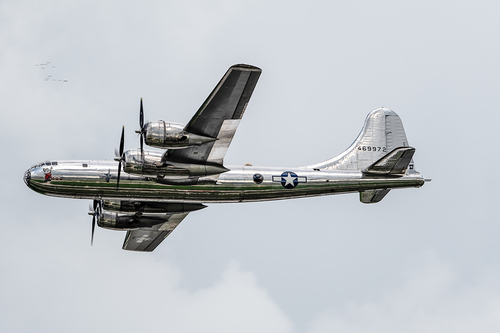
The Boeing B-29 Superfortress, an American heavy bomber with four propeller-driven engines, was crafted by Boeing and predominantly utilized by the United States throughout World War II and the Korean War.
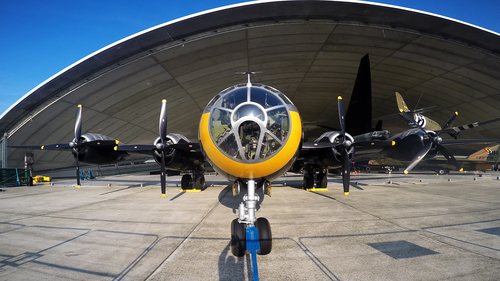
The development of the Boeing B-29 Superfortress emerged as the costliest endeavor of the entire war, amounting to $3 billion, which equates to $49 billion in present-day terms.
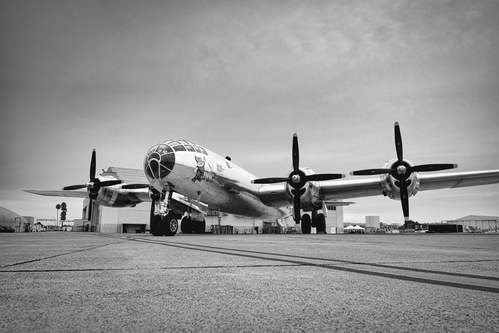
Surpassing the expenses of the Manhattan Project by $1 billion, the design and production costs soared beyond expectations.
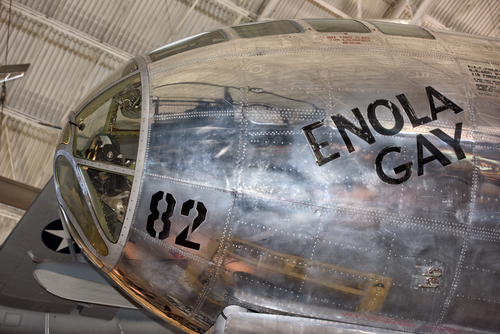
As one of the most sizable aircraft of World War II, the B-29 was equipped with cutting-edge technology, such as a pressurized cabin, dual-wheeled tricycle landing gear, and an analog computer-controlled fire-control system.

This system enabled one gunner and a fire-control officer to operate four remote machine gun turrets efficiently. Dubbed in reference to its forerunner, the B-17 Flying Fortress, the Superfortress was tailored for strategic bombing at high altitudes.

However, it also demonstrated proficiency in low-altitude night incendiary bombing and deploying naval mines to enforce a blockade against Japan.
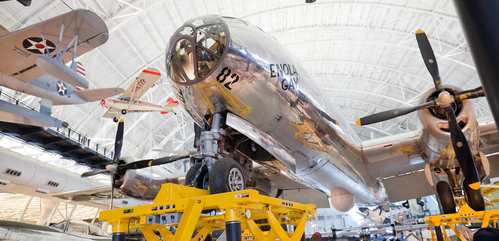
Production-wise, the B-29 became more cost-efficient as time progressed and mass production techniques improved. Initially, building the first 100 units required a hefty 157,000 man-hours.

In 1944, the man-hours required for constructing a B-29 had decreased to 30,000. Nevertheless, even with these efficiency enhancements, numerous bombers still necessitated thousands of man-hours for modifications post-completion.
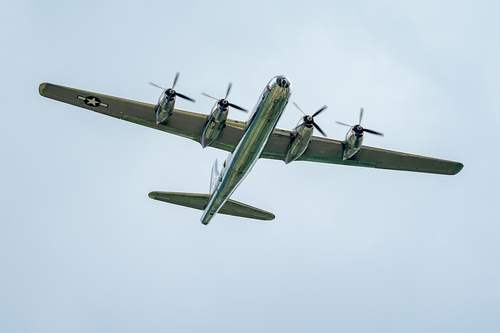
While costs were lowered, the B-29 still demanded a steep price at an average of $930,000 per unit.

When comparing the Boeing B-17 and B-29 bombers, the B-29 exhibited a significantly greater payload capacity and efficiency.
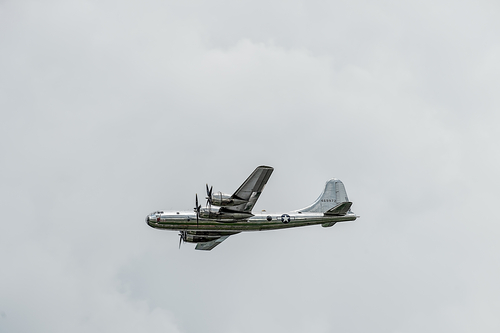
The B-29 could carry an average of 10 tons of payload, while the B-17 and B-24 could only manage 2.5 tons each. In terms of monthly capacity, the B-29 could transport 130 tons, while the B-17 could only carry 25 tons.
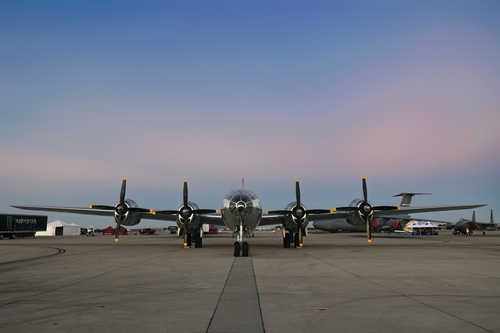
In a ton-for-ton analysis, the B-29 outperformed the B-17 with a 5 to 1 ratio in bomb load capacity and an impressive 10 to 1 ratio in ton-miles transported, even when factoring in the substantial distance variances between their respective missions.
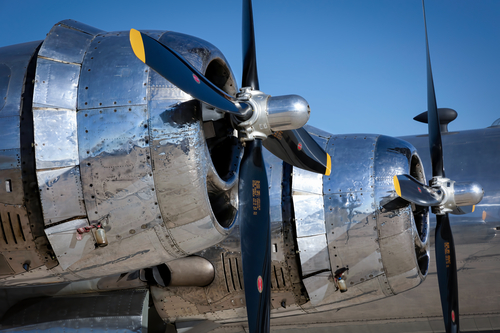
Despite its higher unit cost of $620,000 compared to the B-17’s $210,000, resulting in a cost ratio of 3 to 1 in favor of the B-17, the B-29’s superior payload capacity and efficiency justified its higher price tag.
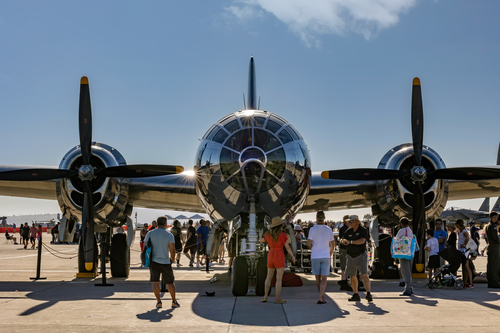
Operating the B-29 came with a steep price tag as well. In 1950, the cost of flying this behemoth for a single hour was a considerable $233.32, excluding crew and indirect costs.
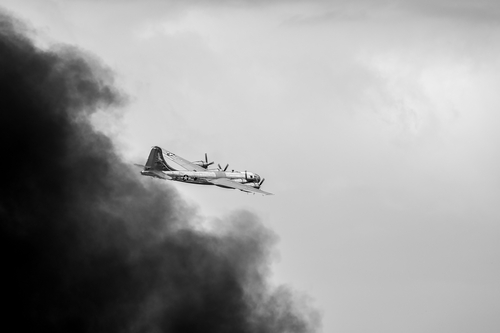
Had the extra 5,092 B-29s that were in the pipeline at the war’s conclusion been finalized, the overall program expenses could have spanned from $5.4 billion to $7.2 billion, presuming that the unit costs stayed consistent.
